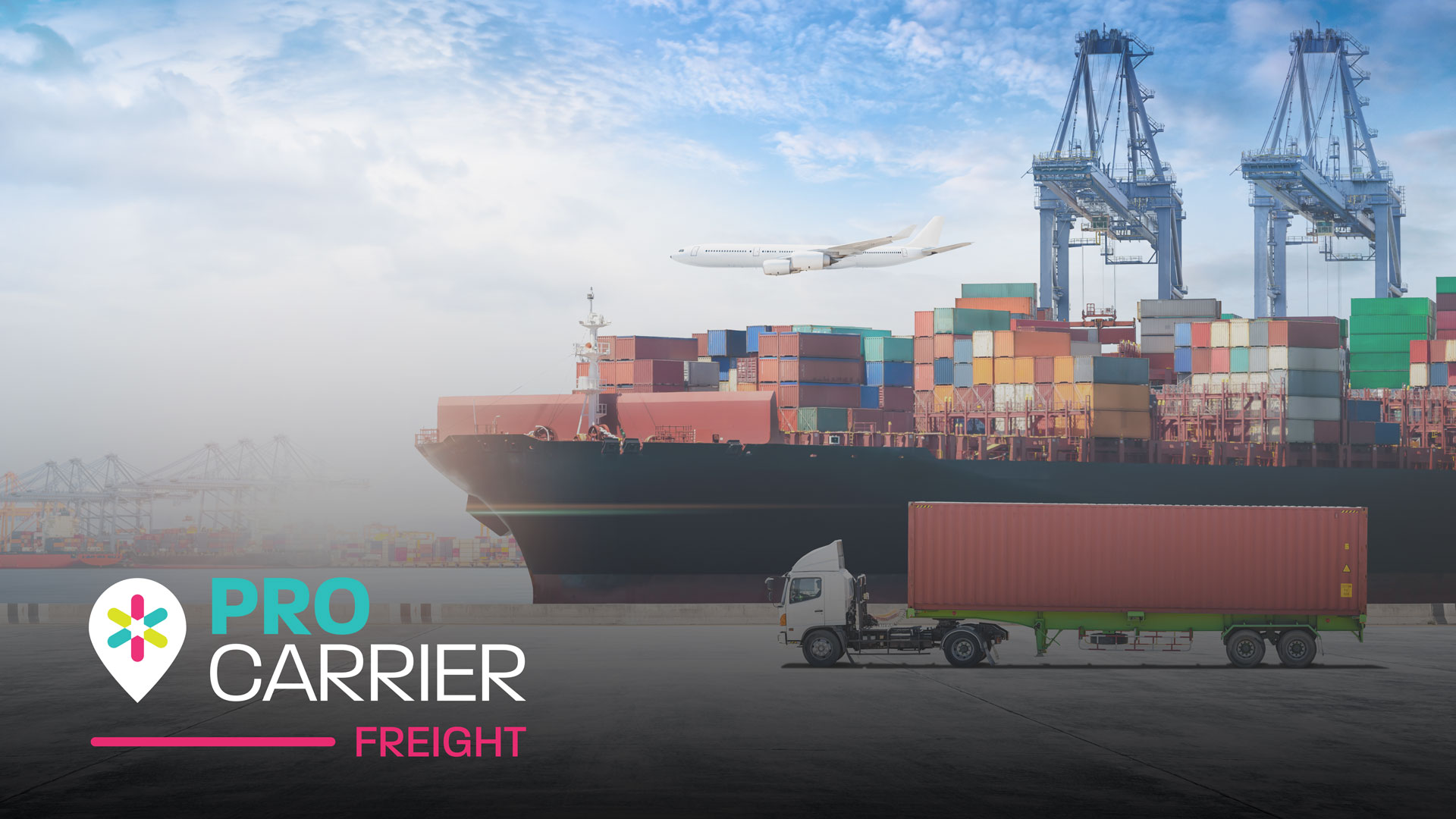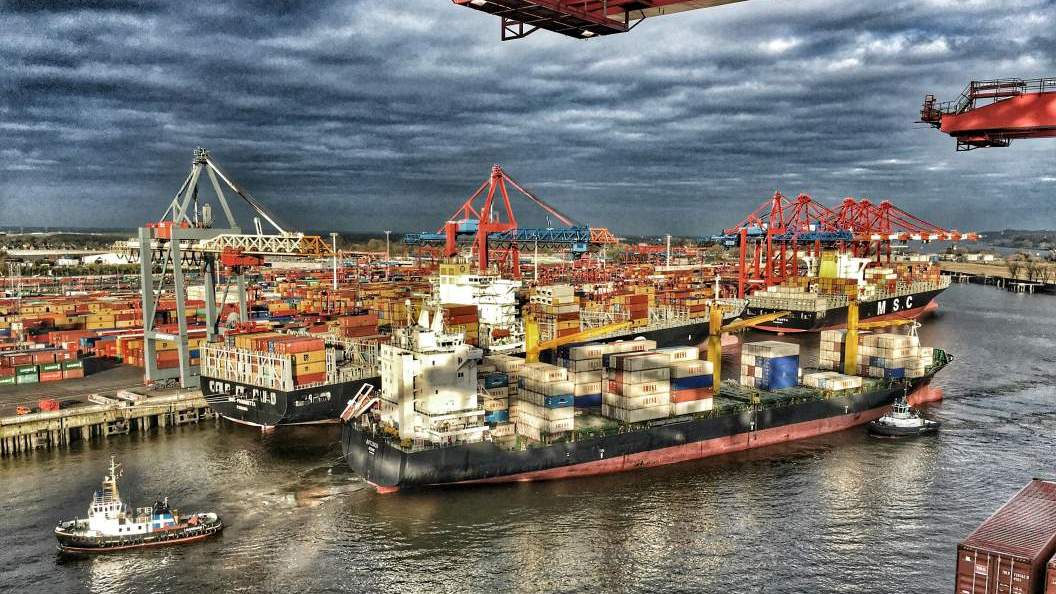Topic of the week: Is Cross-Border E-Commerce Air Cargo Demand at Risk?
The de minimis exemption is a provision that allows for duty-free imports of low-value goods, typically valued at $800 or less. This exemption is crucial for e-commerce businesses, as it enables them to ship small packages to customers without incurring additional costs and bureaucratic hurdles.
However, the exemption is under threat of being abolished, which could have significant implications for the air cargo market. If the exemption is removed, e-commerce businesses may face increased costs, longer customs clearance times, and delays for shipments. This could lead to a decrease in consumer demand and a subsequent downward pressure on global air freight rates.
Xeneta's Chief Airfreight Officer, Niall van de Wouw, believes that the e-commerce industry is well-equipped to adapt to changes in the de minimis exemption. He advises shippers to remain flexible and patient, rather than rushing to make drastic changes. Van de Wouw notes that the industry has faced similar challenges in the past and has always managed to adapt and thrive.
Despite the uncertainty surrounding the de minimis exemption, Xeneta is maintaining its 4-6% growth forecast for the air cargo market in 2025. The company believes that the industry will continue to adapt and evolve, and that shippers will find ways to navigate the challenges posed by changes to the exemption.
In addition to the de minimis exemption, the implementation of tariffs and trade agreements will also play a crucial role in determining the future of the air cargo market. Van de Wouw notes that the US and China are already negotiating trade agreements, which could bring much-needed stability to the market. He encourages shippers to wait and see how things unfold before making significant changes.
Overall, the potential abolition of the de minimis exemption is a significant challenge for the air cargo market, but it is not a reason to panic. By staying informed, flexible, and patient, shippers can navigate these challenges and emerge stronger than ever.
Sea:
- Over the last two weeks China/East Asia to North America West Coast spot rates have decreased by 8.4% from $4,763/FEU to $4,362/FEU according to Freightos data.
- China/East Asia to North America East Coast spot rates have fallen over the last two weeks, decreasing by 10.9% to $5,698/FEU.
- Global container spot prices have fallen over the last two weeks, and are now sitting at $3,051/FEU, a 7.8% decrease over the last two weeks and a 8.9% decrease from spot rates this time in 2024 according to the Freightos Baltic Index (FBX)
Air:
- Global Air Freight spot rates currently sit at $2.22, as rates continue to fluctuate according to the Freightos Air Freight Index (FAX)
- Europe to Northern America spot rates currently sit at $2.35 (100-3000kg), says FAX, increasing by 5.3%
- Europe to Asia, Greater China spot rates currently sit at $1.18 (100-3000kg), says FAX, increasing by 4.4%
That’s all for this week’s update…
Check out our other insights and articles for more in depth industry news and trending topics, or get in contact to discuss some of our best in class freight forwarding services!



